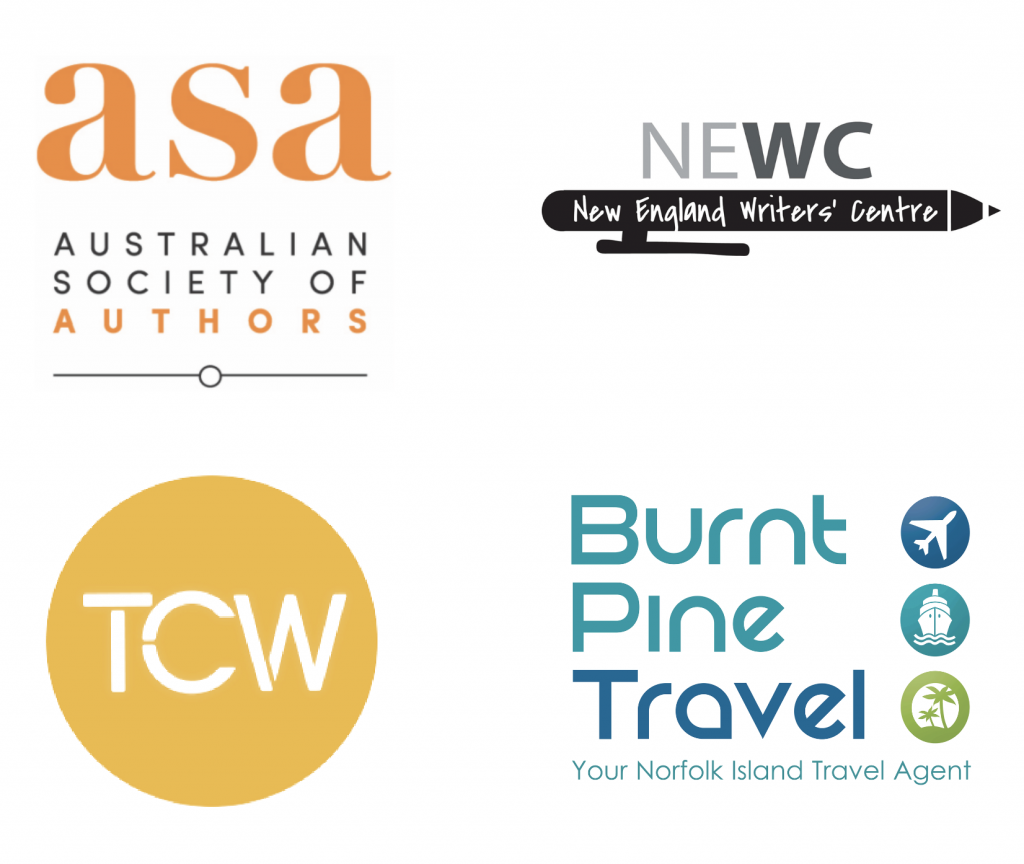Tea Cooper is the author of numerous novels set in Australia’s colonial past, including The Naturalist’s Daughter, The Currency Lass, and The Woman in the Green Dress. Her next novel, The Girl in the Painting, will be released in December 2019. Téa will be speaking at the HNSA conference session ‘Intertwining Lives Revealed: the mystery in parallel narratives’ on 27 October. Tea shared some of her inspiration and writing tips with Christa Ludlow in an interview.
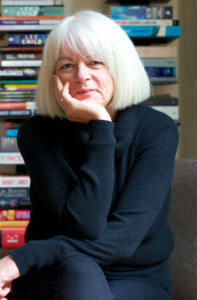
Tea, thanks so much for your time. Can you explain what the appeal of historical fiction is for you?
As a writer I love the opportunity to recreate stories of the past, and I love the research, I’m like a bowerbird — I collect historical tit-bits and decorate my stories with them. I’ve always read historical fiction. I think the first historical story I remember reading was The Eagle of the Ninth by Rosemary Sutcliff, I was absolutely swept away. I’ve also had a long-time addiction to the Brontë sisters and I’m interested in the stories of the Second World War although I haven’t written about that period. I was born in England after the end of the war, so I can remember many of the stories people told. I came to Australia when I was about twenty years old.
That is interesting that you were born in England, but you obviously have a strong interest in Australian history, based on your books.
I’ve always been interested in history. I studied history at university but when I got here I didn’t know anything about Australia so I started poking around — also I worked as a teacher for a long time and that included teaching some Australian history. I believe it’s important to know about the place where you live.
The theme of this year’s HNSA conference is “History Repeats”. What does that mean to you?
I think it’s true, history does repeat – I also like Mark Twain’s remark that “History rhymes”. That appeals to me, because you hear echoes of the past, in everything, don’t you? I like to think my stories rhyme in that way.
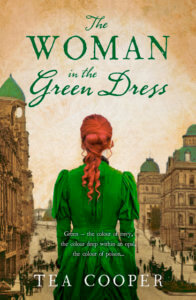
Your latest book, The Woman in the Green Dress, is set in two different periods — just after the First World War, and the mid nineteenth century. Both timelines have a strong female character. How do you approach telling a story this way?
I prefer to write two historical timelines rather than one contemporary and one historical. It becomes easier – I’m writing my fourth now. I begin with two separate stories and I know that what happens in the earlier story is going to connect with the later one — so history repeats! If you think of it like the shape of a wine glass, two separate stories on either side of the glass that converge at the stem when the most prominent story takes over. I try to have threads through the story that link each step in time — just a little clue like the colour of the flowers in the garden or the weather — a subconscious link, similar to a cryptic crossword clue. Hopefully that makes the transition from one timeline to the other relevant to the reader. I’m not sure if I always succeed but I have fun trying.
Do you have any research tips?
I use research for inspiration and to understand the flavour of the period, but it is very easy to get bogged down or side-tracked. Once I’ve done the basic research and I’ve got a rough plot, I write the first dirty draft and I don’t worry too much about the nitty-gritty. Invariably when I finish, I have a big knot in the timeline because I like to weave real historical events into my story and I want to keep those dates accurate. Once the first draft is complete I cover the dining room table with post-it notes and sort out the timeline.
As for tips, I love TROVE. It’s the most amazing resource. I particularly like advertisements, they tell you what something costs or what people are wearing so I use it a lot, and I like the Australian Biographical Dictionary — not only to research real people but also to help create the back-story of my fictional characters.
Most of my stories are set in the Hunter Valley or what was the old County of Northumberland and I am very lucky to count two amazing historians as friends. One is interested in colonial history and the other indigenous history, and they are a huge help to me. I also like to talk to people who are in the area where the story is set, if possible, because they all have family stories and memories.
Australia has the most amazing museums with staff who are happy to answer questions. The Maritime Museum put me in touch with a boat builder who specialised in restoring old timber boats, for example. The Art Gallery could tell me what exhibitions were showing in 1912. These people provide the little bits and pieces that give the story authenticity. And of course visit the place where your story is set, if you can. Walk the paths your character walked. Breathe their air.
Do you have any special rituals when you are writing or a place that inspires you?
I live on a hundred acres a couple of miles outside Wollombi. I’m very spoiled. Wollombi is wonderful because it hasn’t changed very much since the nineteenth century. I’ve got various places I can work and acres to wander through, and then I can go down to the town, to the coffee shop, the museum, the pub and find someone to talk to, or go to the churches or the graveyard where I find a lot of my character’s names.
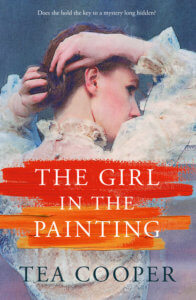
What can you tell us about your forthcoming book, The Girl in the Painting?
It’s set in Maitland, and tells the story of Miss Elizabeth Quinn who is something of an institution. She and her brother live in Maitland in a very impressive stone house next to the church and they are the pillars of the local society. But one day Elizabeth is found cowering in a corner at an exhibition at the local technical college, leaving the whole town wondering what has happened. Jane Piper, an orphan, who owes her education to the Quinn’s philanthropic ventures, decides she must unravel Elizabeth’s story before it is too late.
I am currently writing my 2020 story The Cartographer’s Secret which is about a girl living in the shadow of her father’s obsession with the explorer Ludwig Leichhardt.
They both sound intriguing. Finally, which session of the conference are you looking forward to attending – apart from your own?
Jackie French – I’ll be having a serious fangirl moment! I’ve read most of the books she has written, I’ve followed her plans for sustainable gardening, I’ve used her picture books in teaching and I love her historical novels. Also the session on Love Potions and Witchcraft sounds tantalising. It’s a fantastic conference program, and a great venue.

Christa Ludlow is the author of Taken At Night, a historical mystery about photography, murder and the bubonic plague, set in Sydney in 1900. More information at http://www.playfairpress.com.au.
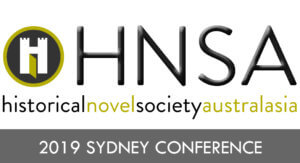
Once again, historical fiction writers and readers can gather for a three stream program on the weekend of 26-27 October including our extended Academic stream on Sunday 27 October. This time there’s also a Craft & Publishing program on Friday 25 October with craft workshops, masterclasses and manuscript assessments with top class tutors. Our Guest of Honour is Jackie French. Keynote speaker Paula Morris will address our theme: History Repeats.
Among the 60 acclaimed speakers are patrons Kate Forsyth and Sophie Masson, Catherine Jinks, Ali Alizadeh, Lucy Treloar, Pamela Hart, Nicole Alexander, Jane Caro, Alison Goodman, Kelly Gardiner, Michelle Aung Thin, Meg Keneally, Majella Cullinane and so many more.
Enjoy a delicious meal at our conference dinner on Saturday 26 October where Anna Campbell will entertain us. You’ll also hear who’s won this year’s ARA HNSA Short Story Contest with a $500 prize, and the HNSA Colleen McCullough Residency.
Enjoy a delicious meal at our conference dinner on Saturday 26 October where Anna Campbell will entertain us. You’ll also hear who’s won this year’s ARA HNSA Short Story Contest with a $500 prize, and the HNSA Colleen McCullough Residency.



